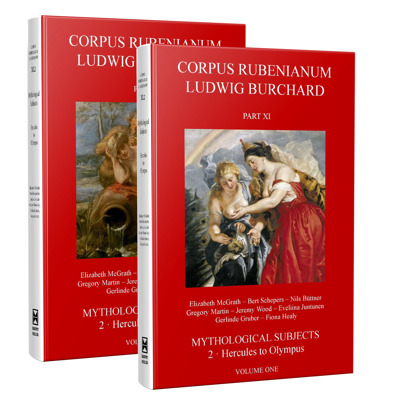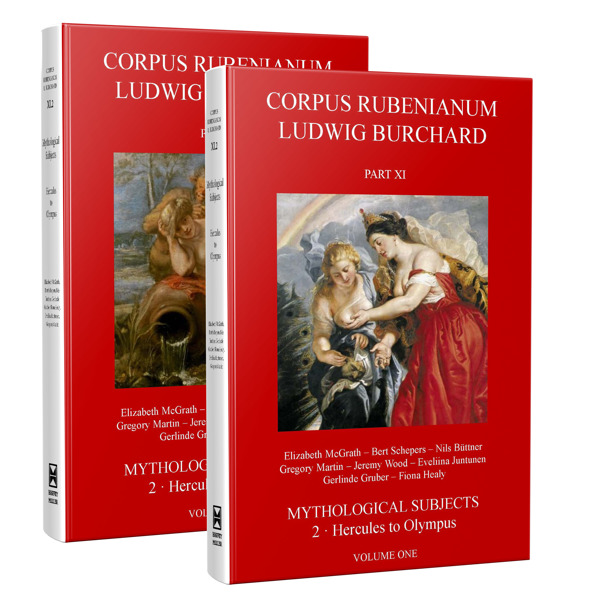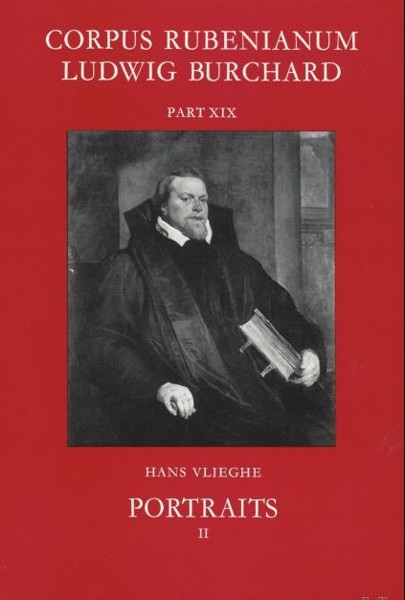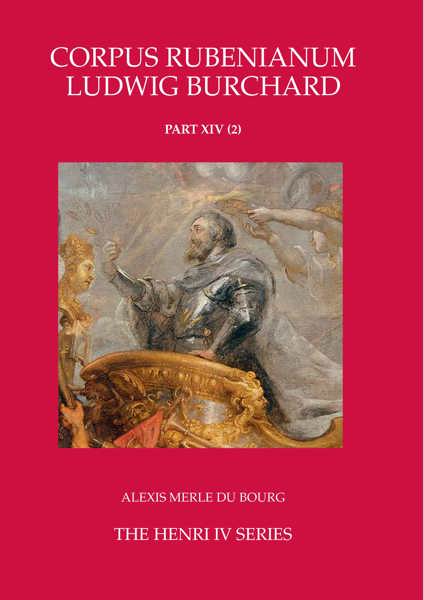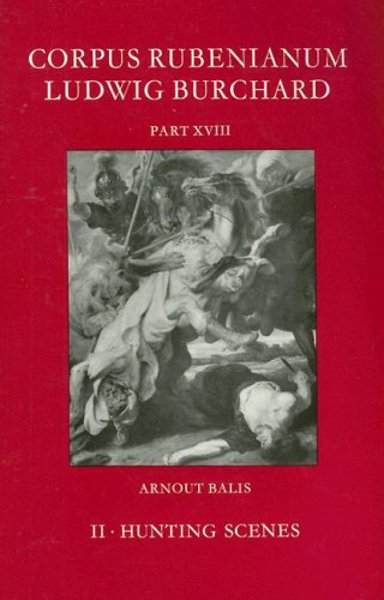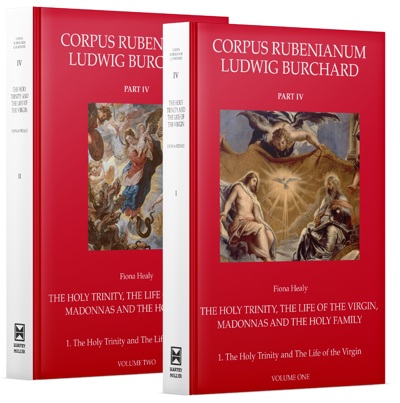
Mythological Subjects
Hercules to Olympus
Elizabeth McGrath, Bert Schepers, Nils Büttner, Gerlinde Gruber, Fiona Healy, Eveliina Juntunen, Gregory Martin, Jeremy Wood
- Pages:2 vols, 946 p.
- Size:175 x 260 mm
- Illustrations:450 b/w
- Language(s):English
- Publication Year:2023
- € 295,00 EXCL. VAT RETAIL PRICE
- ISBN: 978-1-912554-86-7
- Hardback
- Available
“The very fact that one finds so much information on a particular topic or a work of art by Rubens in a single place – often accompanied by new analysis and interpretation – is an incredible gift given the size of his oeuvre, and all of the ongoing debates concerning the attribution or the dating of some of his works, or the relationships between autograph paintings to those from his workshop.” (Aneta Georgievska-Shine, in Historians of Netherlandish Art Reviews, May 2023)
One remarkable feature of European culture as it developed in the Renaissance was the accommodation it made with ancient paganism. The classical gods and their legends were allegorised, transformed into symbolic figures or emblematic scenes that might accord with Christian morality. At the same time a secular space was created in art for the depiction of the most popular myths, above all the love stories recounted by the ancient poets. These stories were not only attractive in themselves; they offered the opportunity to depict nude figures in narrative action, which the example of antiquity held forth as the highest goal for painting. Rubens was one of the greatest creators of classical allegory; he was also a supreme interpreter of the classical stories. No painter was so at home in the literature of the Greeks and Romans. When he painted for pleasure, which, increasingly in the course of his life, he felt able to do, he used pagan myth to express and celebrate themes of love, beauty and the creative forces of nature, often in wonderfully idiosyncratic ways. At the same time, as a Christian committed to the ideals of the Catholic Reformation, Rubens respected the restrictions generally placed on the depiction of pagan tales. Most of his mythological paintings were made for private settings, for display within houses (including his own) or in the galleries of princes, noblemen and prelates. It is happy accident of history that these splendid paintings are now widely visible in the great museums of the world.
